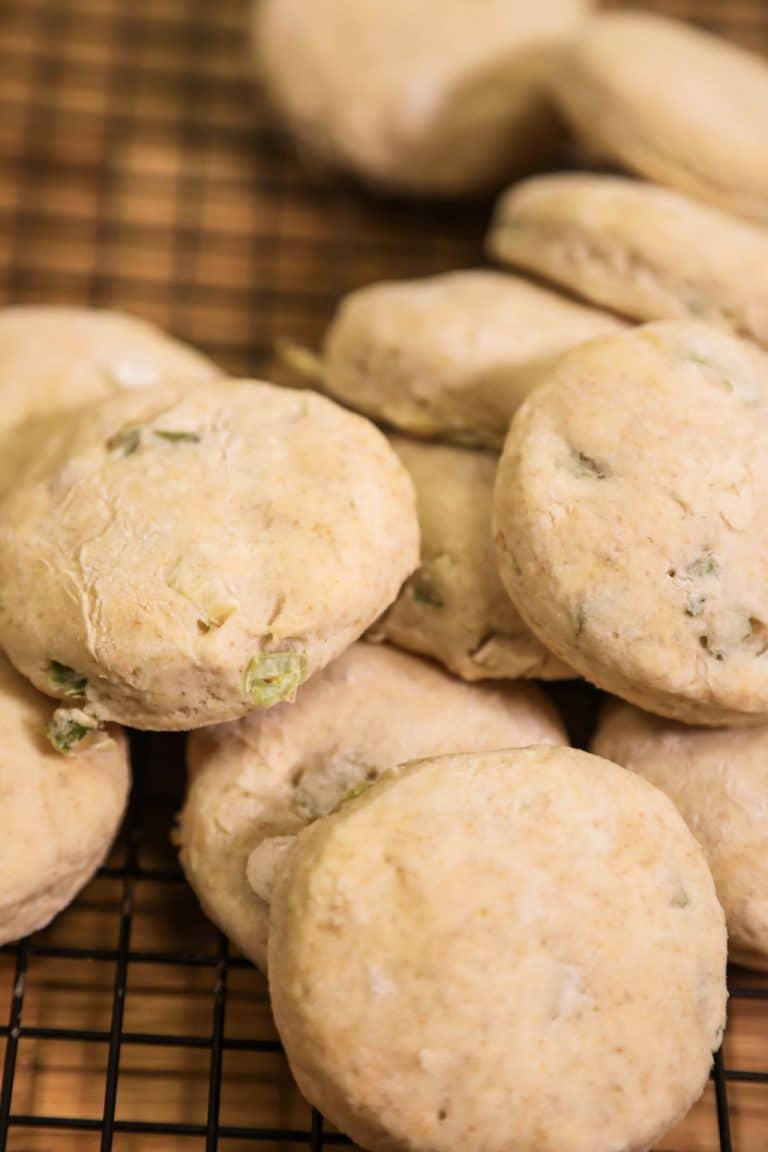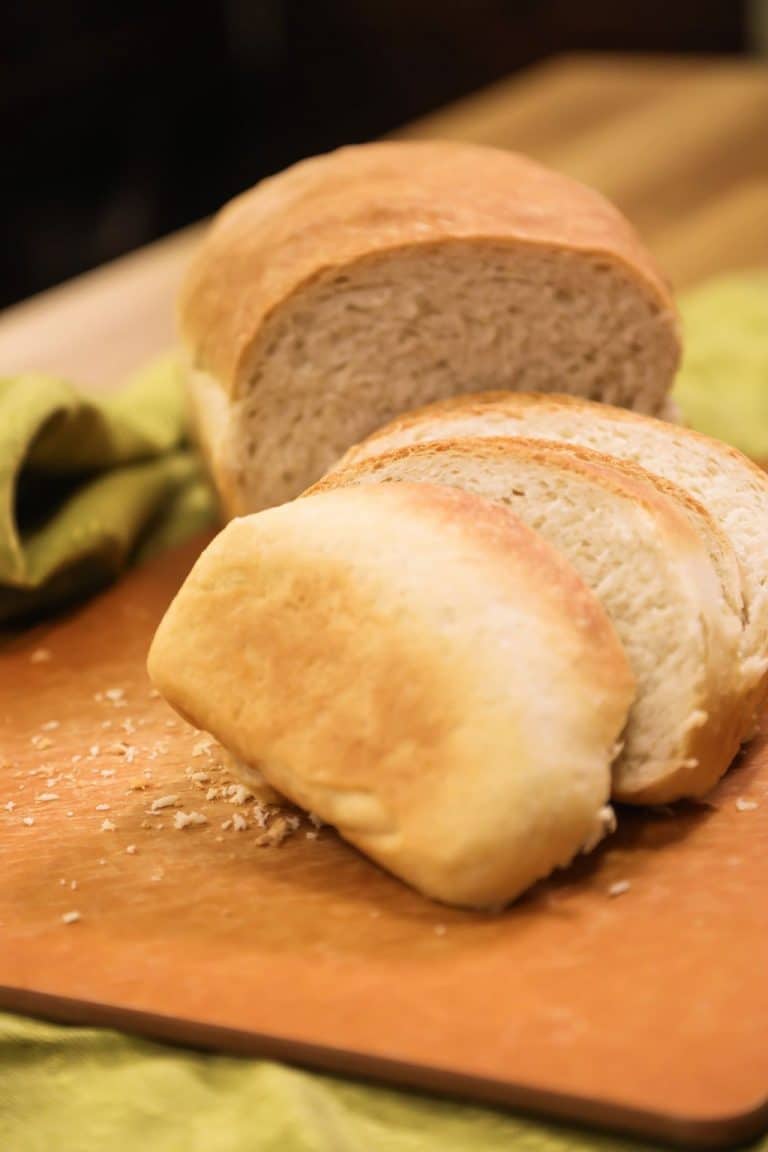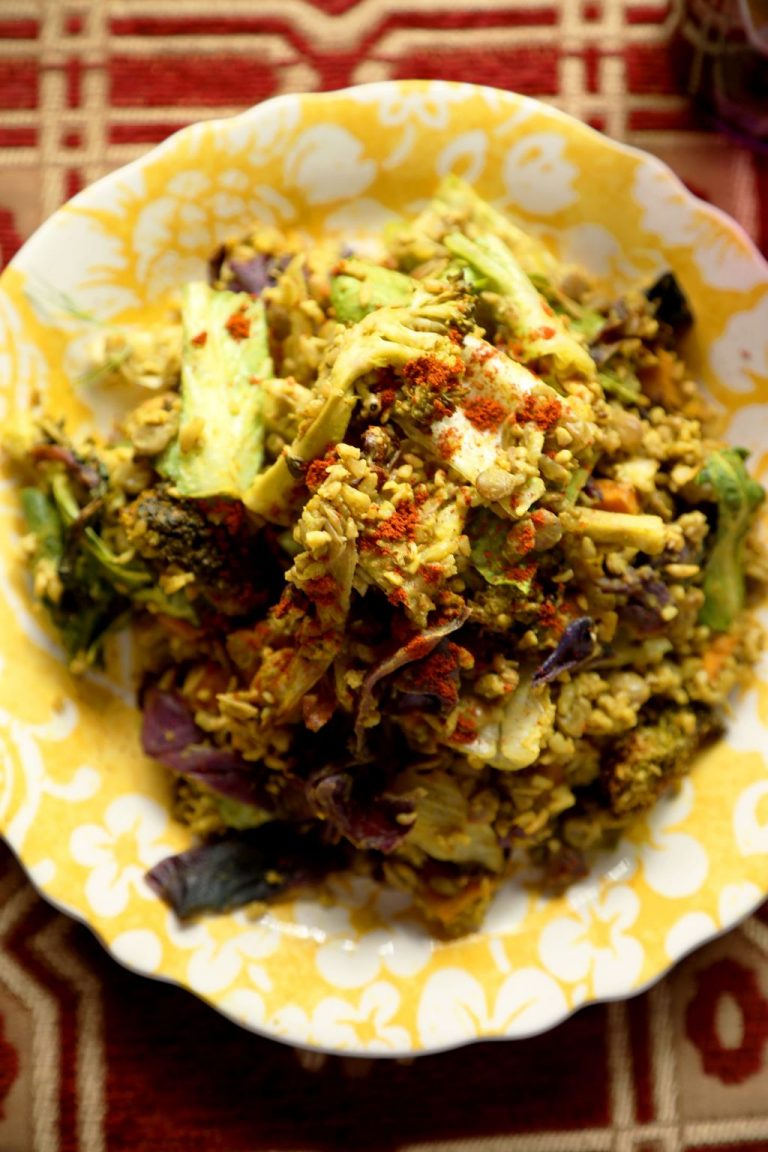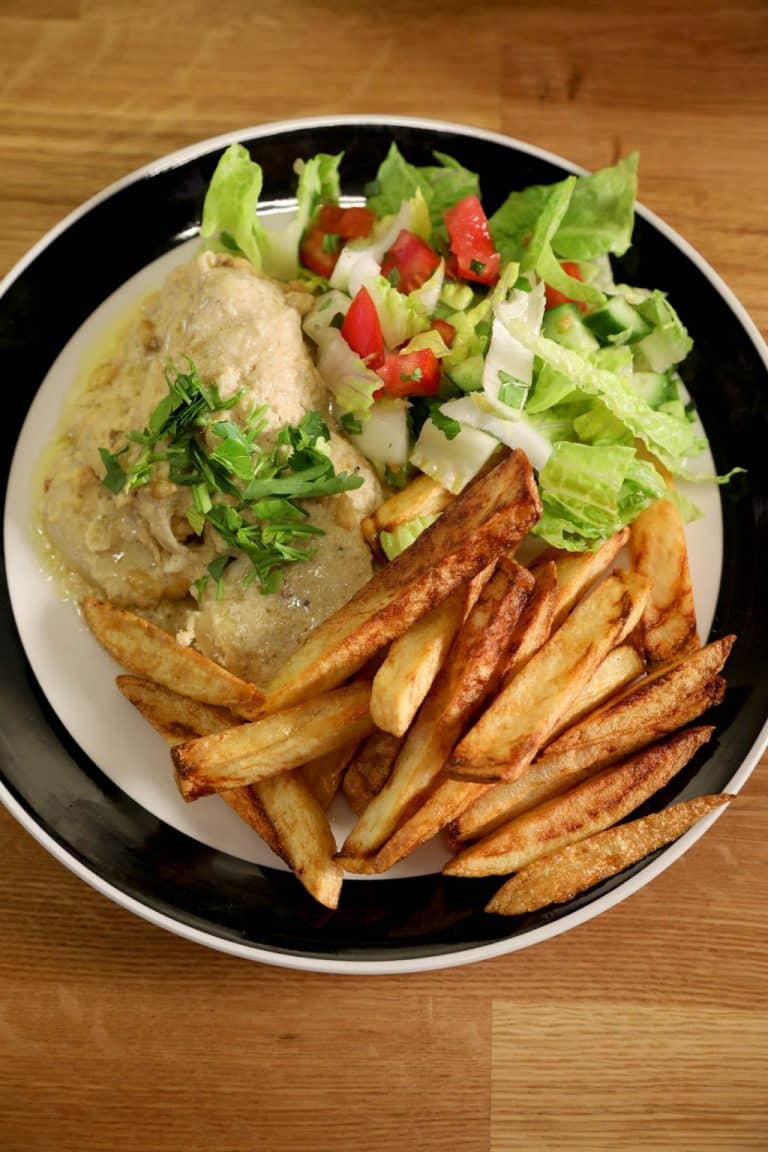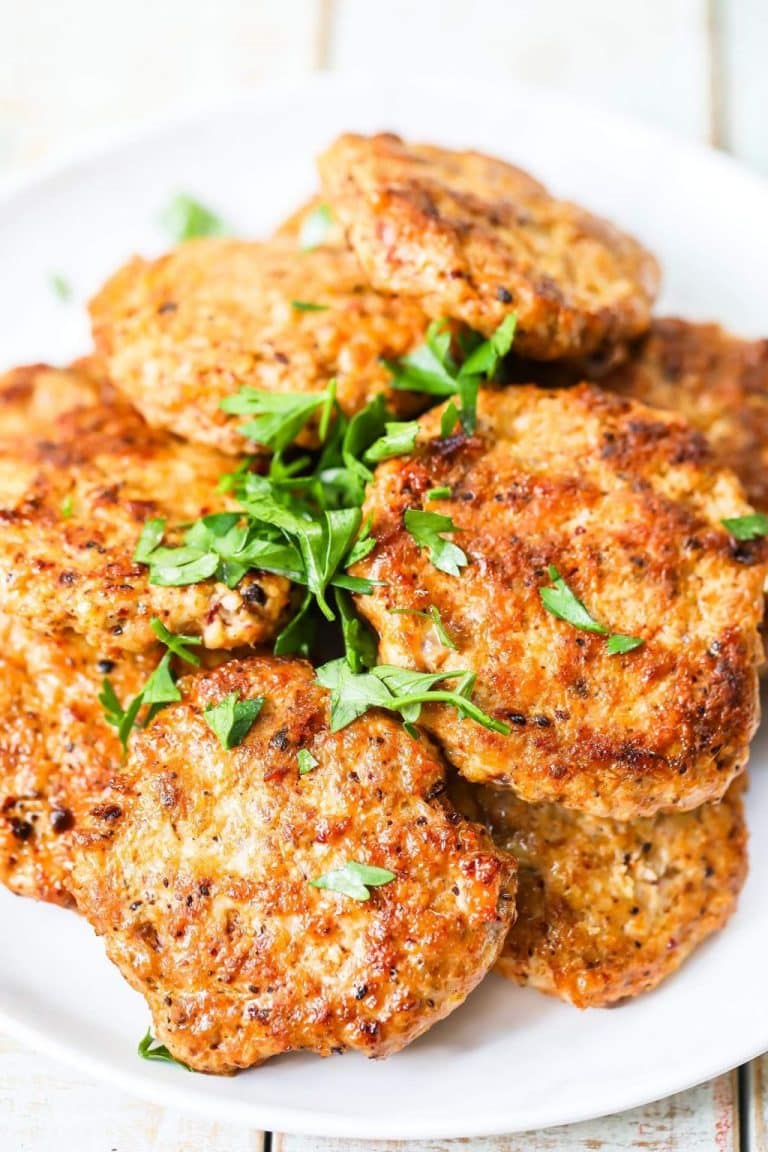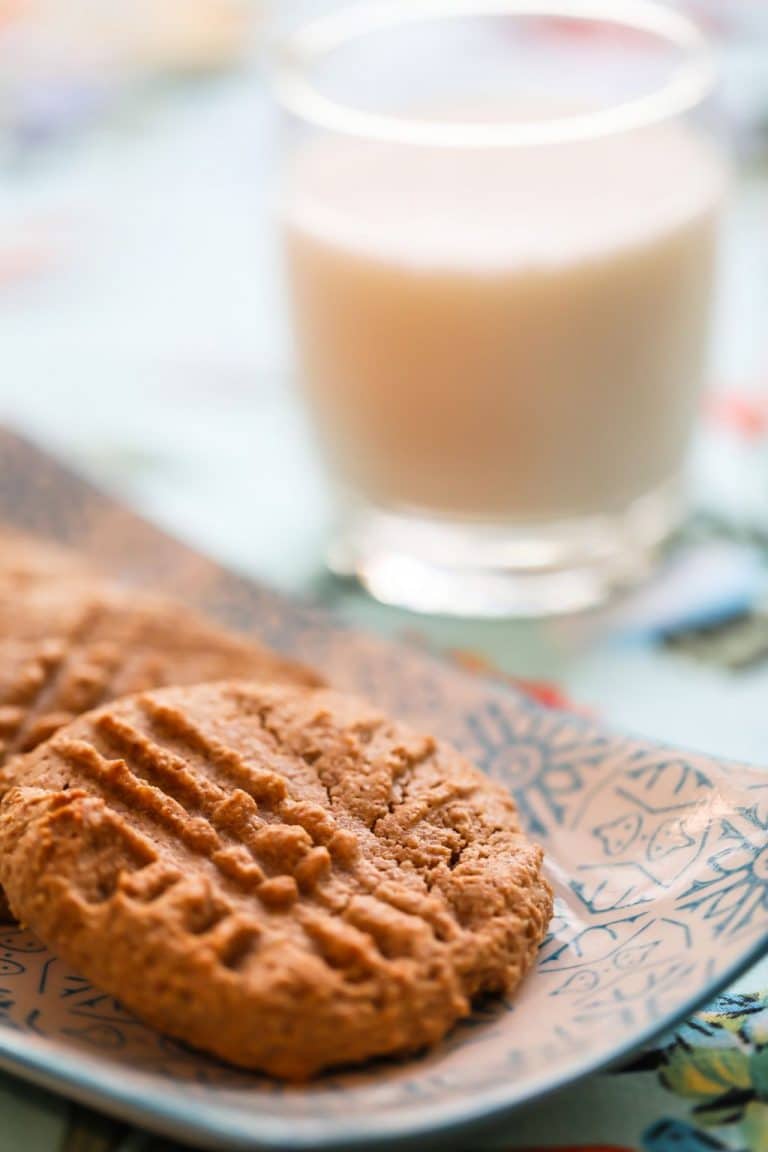Baklava (Baklawa) Delicious Phyllo Dessert
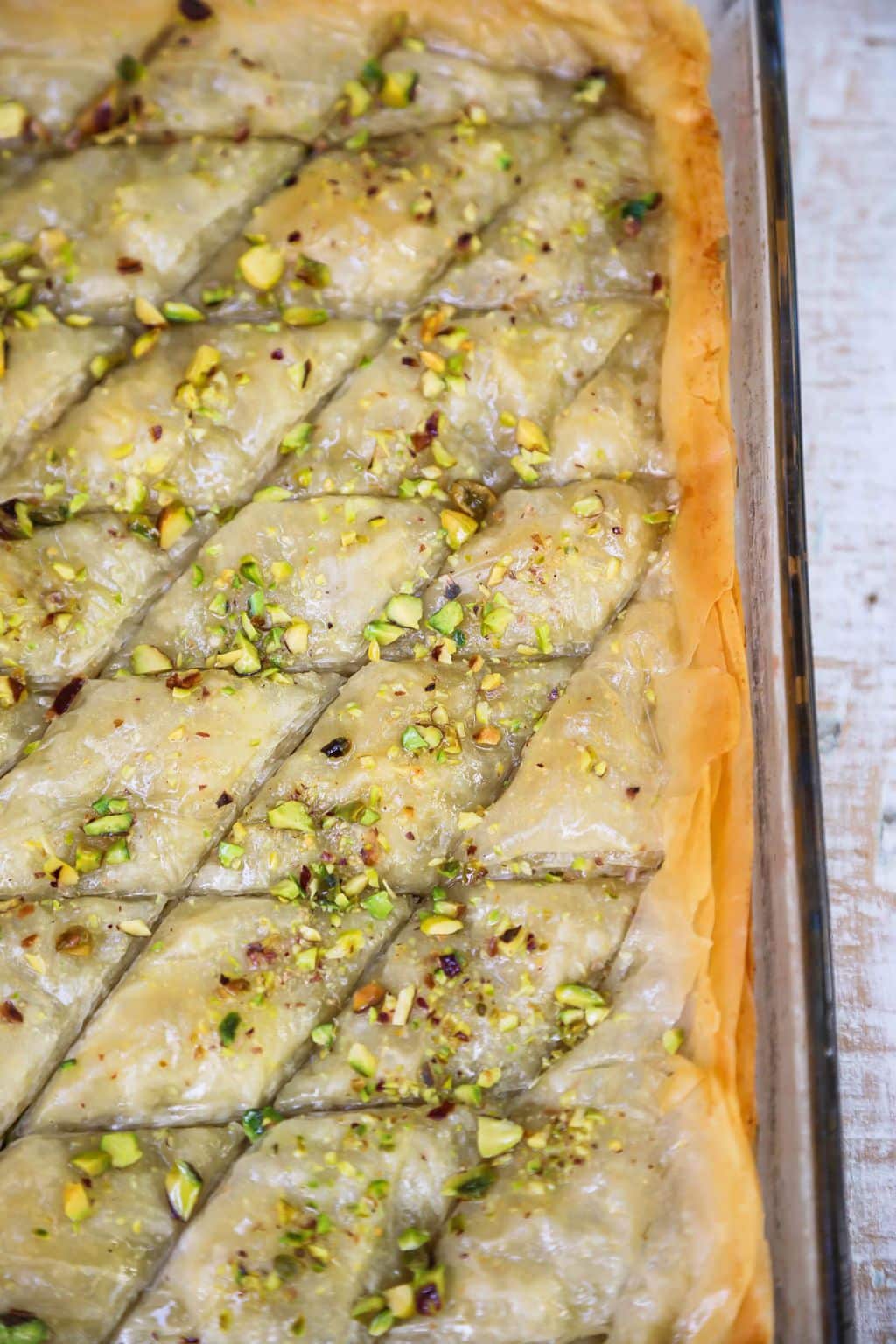
A truly Middle Eastern dessert, this one is well worth learning to make part of your baking repertoire.
We have Turkey to thank for this modern day crunchy, buttery and nutty masterpiece.
A controversial statement with no doubt!
More correctly stated it was the Ottoman Empire that helped shape this dessert.
What is Baklava?
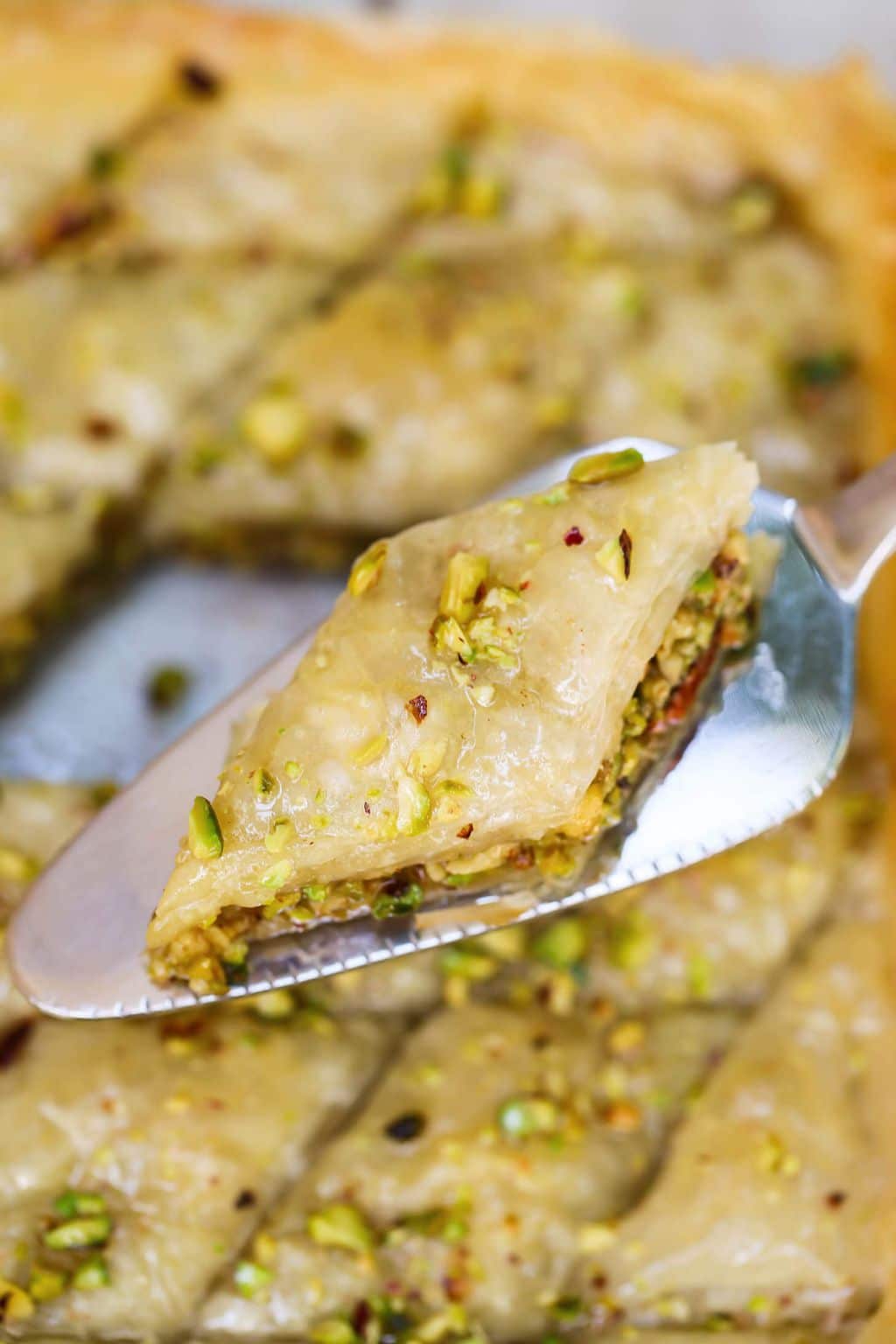
Often flavored with rose water, or orange blossom water, it is sometimes flavored with honey.
Most often differing in the kind of nut used, the rest of the dish stays the same.
Typical nuts used in baklava are walnuts, pistachios and even cashews in some cases, or a combination.
A dessert found in many countries throughout the Mediterranean region, all with their own variation.
Spicing, or no spicing, is different from place to place, making it unique to each country.
Do you like your baklava to be large, the way the Greeks tend to like it?
Or do you like a variation of small bite sized cashew filled baklava?
Do you like cinnamon, or are you a purest and just like the flowery flavor of rose water?
You decide, and make it your way!
Baklawa comes in all shapes and sizes, from a couple of inch pieces to something much smaller.
Some are made with a double decker of nuts, while some only have a single layer.
I find the little bite size ones dangerous because I end up eating them like popcorn!
There is very much of a gift giving culture in the Middle East.
Sweets rank high on the list of things people give each other, and baklava often tops that list.
The Origins of Baklava
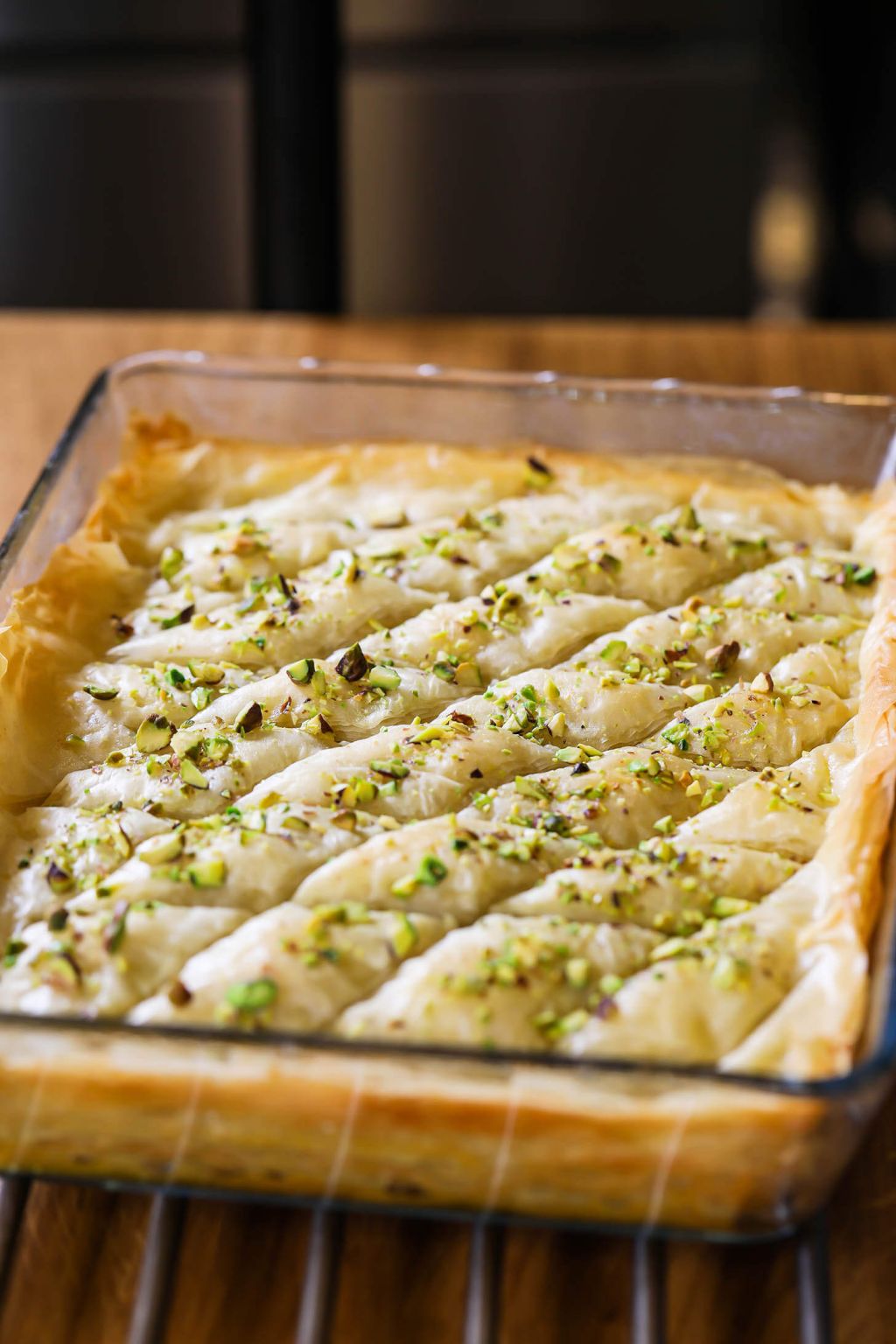
However, the Turk may be right when it comes to the baklava we know today.
The reality is that countries in the region of the Mediterannean were conquered by each other in history.
They might have shared customs, cultures and cuisine for many hundreds of years.
The ingenuity of all the cooks of the vast region was combined to make one of the most delicious desserts.
The first dish that resembled baklava is said to have been of Asyrian origin.
At that time nuts were baked between unleavened flatbreads as a dessert.
These baked breads were then sweetened with honey and enjoyed widely.
Baklawa was modified over the centuries by Turkish, and Greek influences.
There is no such thing as a pure cuisine, food has been in a state of fusion from the very beginning.
And continues to be so, much to my delight.
How to Make Baklava
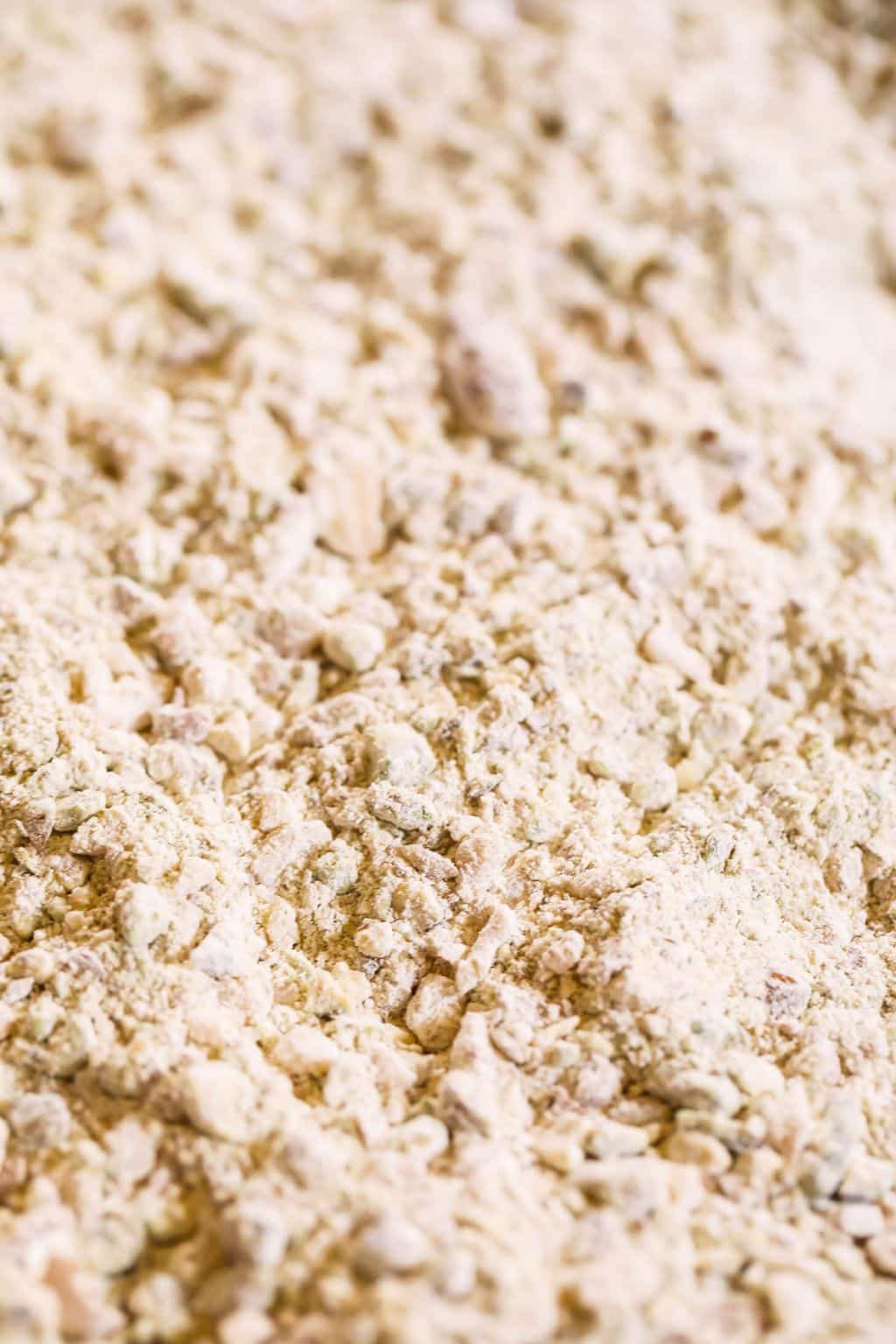
Sheets of phyllo dough are sold frozen, this being the best way to keep it fresh.
Thaw the dough in the fridge overnight, and then bring it to room temperature when you are ready to use it.
Preheat the oven to 375ºF (190ºC).
Melt the butter (or clarified butter) in a microwave or on the stovetop.
Butter the bottom of a 12X9 baking pan with the melted butter using a pastry brush.
Place the first piece of phyllo in the bottom of the buttered pan and brush it with butter..
Once done place another layer of dough and repeat the process.
Even though it is a bit time consuming it is well worth the effort.
Do this with half the pastry dough leaves.
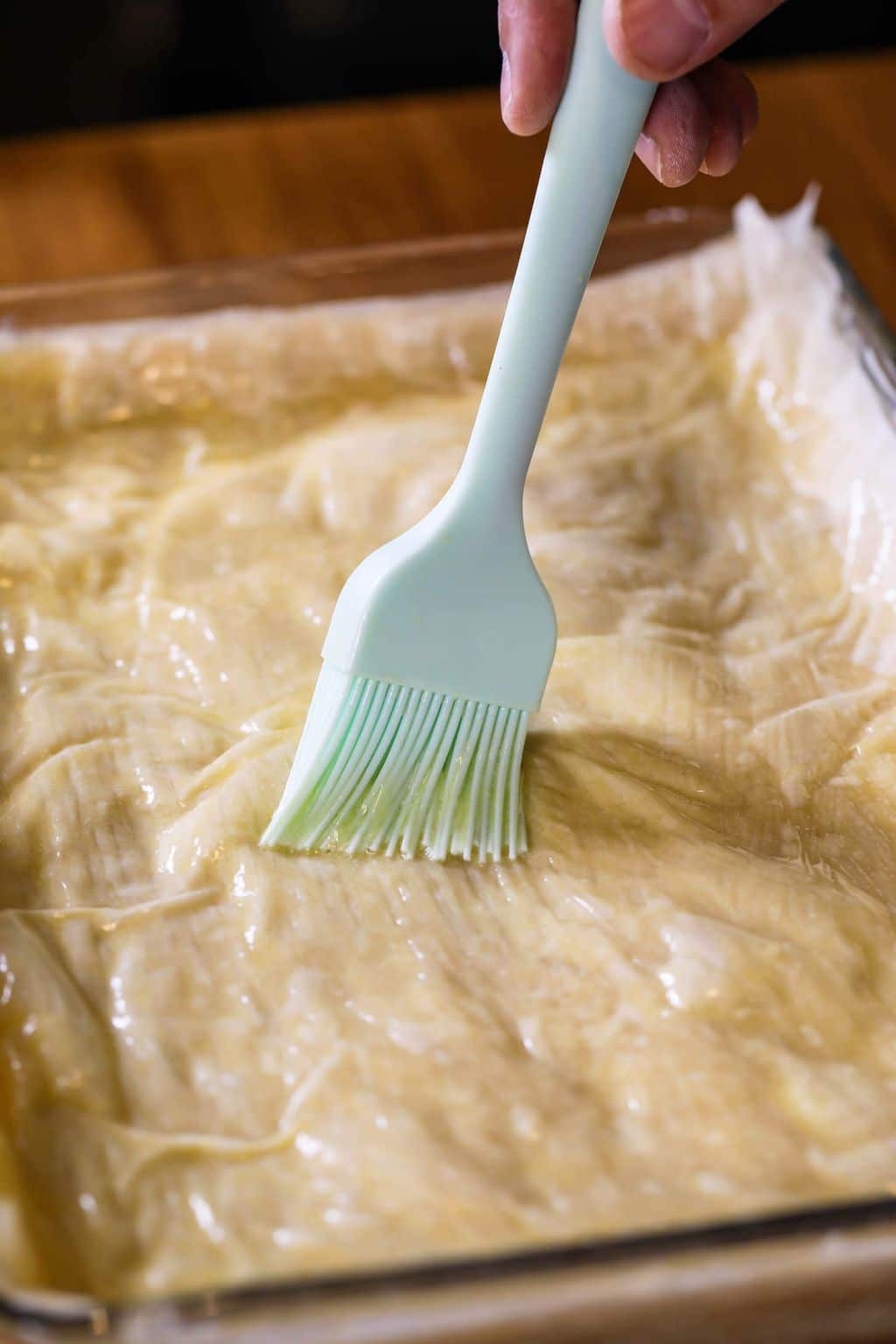
Mix the powdered sugar with the chopped nut mixture of your choice and pour on top of the buttered phyllo dough.
Starting with the second half of the dough, place a leaf of phyllo dough over the nut and sugar mixture.
Butter the remaining leaves as before, repeating the process until all the dough is used.
Make sure to brush the top layer generously, you can always use more butter if needed.
Using a sharp knife, score through the top layer of phyllo in diamond shapes leaving the bottom layer uncut.
Place in the oven for about 30 minutes, or until golden brown.
Meanwhile bring to a boil, water, sugar, rose water followed by some lemon juice.
Stir and boil for about 15 minutes until all the sugar is dissolved and some of the water has evaporated.
Set the sugar syrup aside to cool.
Once the baklawa has browned, remove from the oven, and evenly pour over with simple syrup.
The syrup will be absorbed by the phyllo and the nut filling.
Some recipes for baklawa will call for a honey syrup and this can be very good too.
Cut the baklava diamonds through pistachios, walnuts and the bottom layer of dough.
What Kind of Nuts to Choose
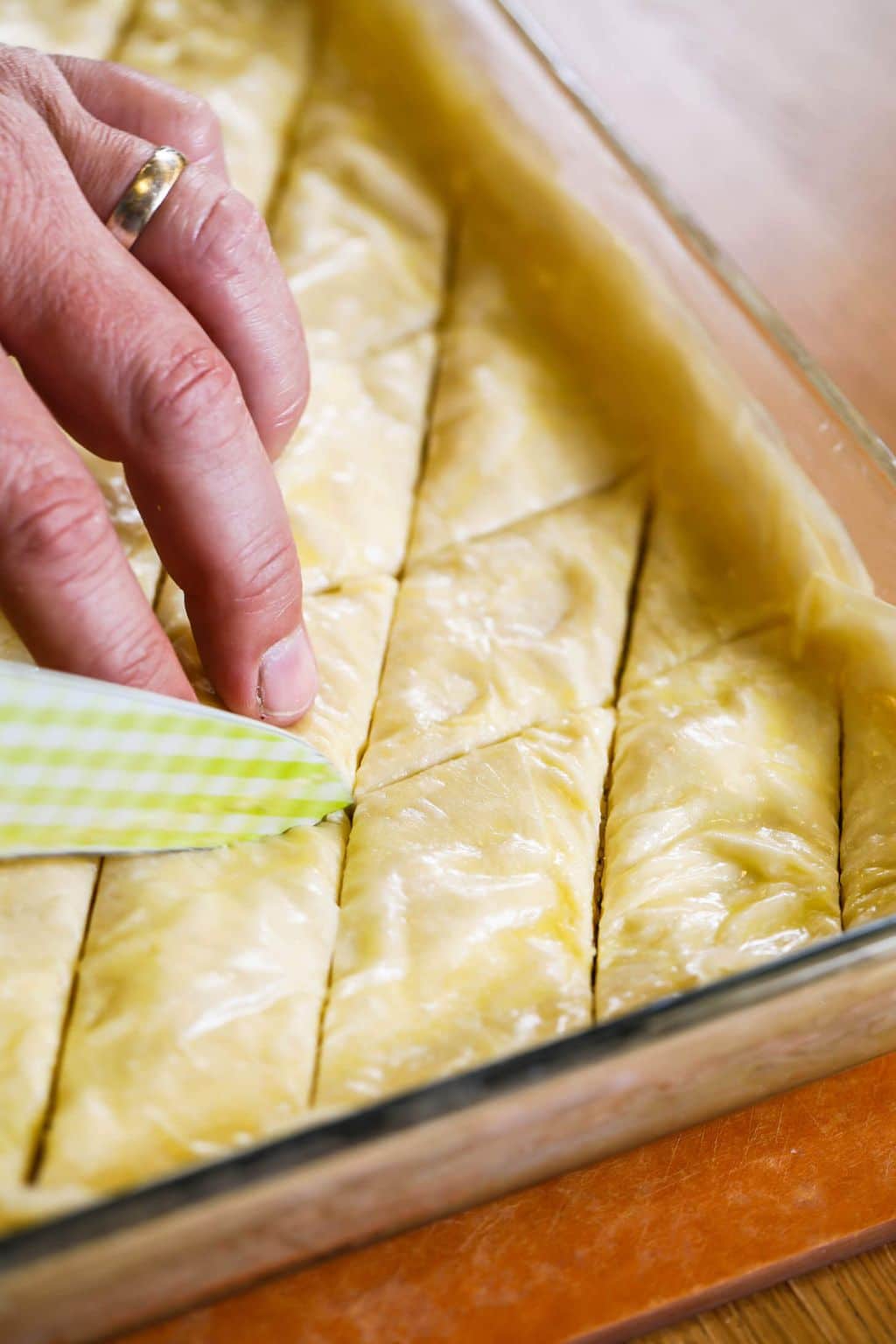
Walnuts, pistachios, cashews and even almonds are all used when making this delicious delight.
Walnuts are typically used in Greek baklava which will usually be spiced with cinnamon.
Pistachios tend to be more common in Turkey and Arab countries where the nut is popular.
Most often you will find recipes using walnuts or pistachios or combination of both.
A pistachio, or cashew baklava will deliver a very rich and decadent choice.
In some cases two different layers are made with the nuts separated by a layer of phyllo.
Sometimes each layer will consist of a particular nut giving the dessert a double whammy of flavor.
Honey or Syrup?
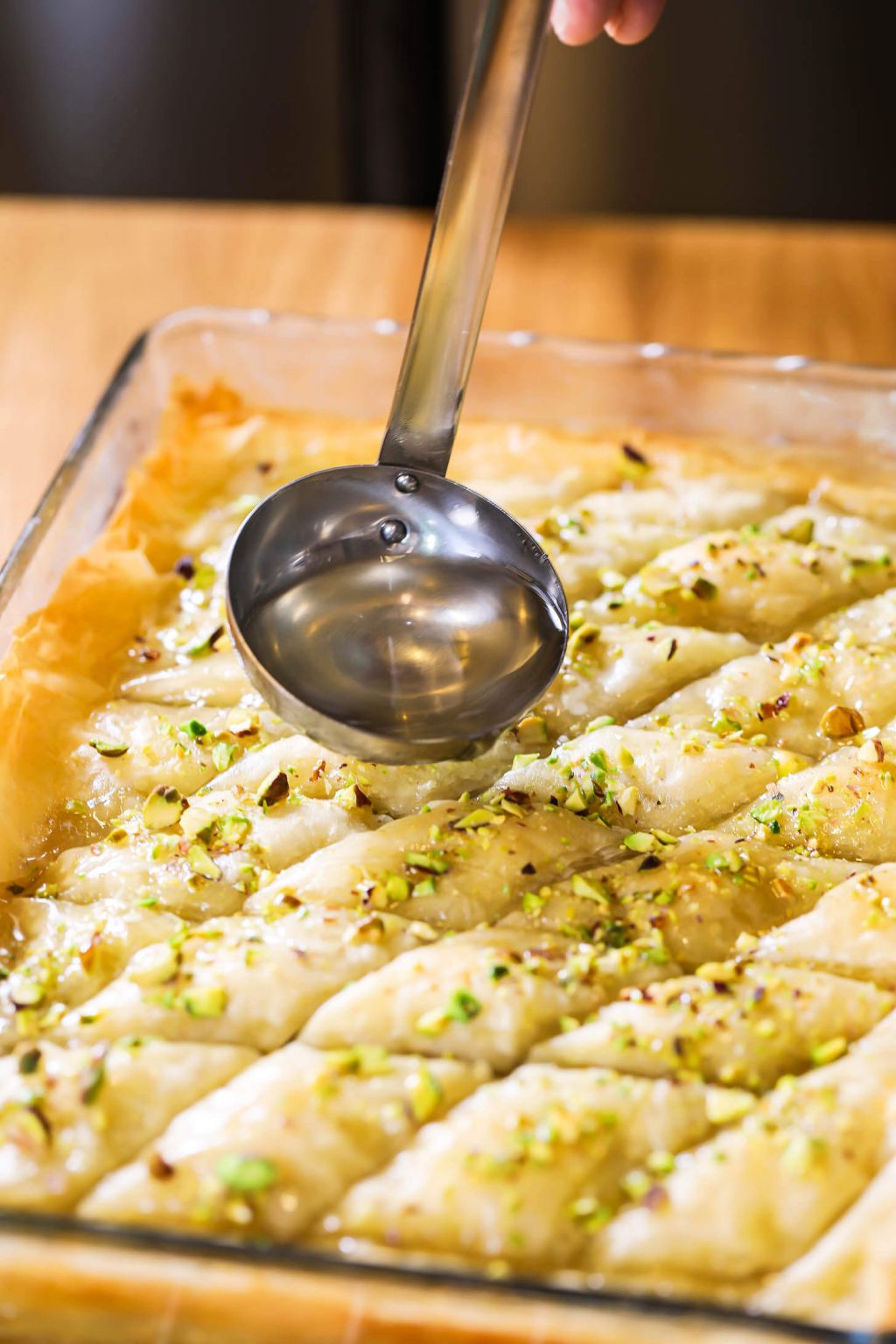
They are both very good ways of making the sweet dressing sauce for the baklava.
The honey mixture tends to have a deeper, richer flavor than the sugar, but both are perfectly adequate.
Can Baklawa be Frozen?
Yes, it can be frozen with very good success, just warp well and put in your freezer.
You can either freeze it before or after you bake it.
If freezing before baking place the baklava on a parchment paper lined pan.
Place it in the freezer for several hours until well frozen, remove and wrap tightly in plastic wrap.
If already cooked, make sure to cool the baklava completely to room temperature.
Wrap tightly with plastic wrap and place in the freezer.
To thaw just place the frozen baklava in the fridge, this process usually takes four hours or so.
Tips for Making
- Keep the leaves of phyllo wrapped until the very last minute, phyllo has a tendency to dry out fast.
- Keep stirring your melted butter as you brush the phyllo otherwise it has a tendency to separate.
- Baklava can be stored at room temperature for several days.
- Try not to wrap it too tightly to help prevent sogginess.
- Cover loosely.

Baklawa Recipe
Ingredients
- 1 lb Phyllo room temperature
- 1 cup Butter melted
- 1½ cups Walnuts chopped
- 1½ cups Pistachios shelled and chopped
- ¼ cup Pistachios shelled, chopped, for the topping
- ¾ cup Powdered Sugar
- 1½ cups Sugar
- ¾ cup Water
- 1 tbsp Lemon Juice
- 2 tsp Rose Water
- 2 tsp Orange Blossom Water
Instructions
- Place walnuts and pistachios into a food processor and process until nuts are well chopped. Pour into a bowl and add powdered sugar, and stir well. Melt butter.
- Preheat oven to 375ºF (190ºC). Place a sheet of phyllo in a buttered 13X9 pan.
- Butter phyllo sheet. Once buttered completely place another sheet of phyllo on top and repeat buttering process. Continue until you have used half the sheets of dough.
- Pour nut mixture into pan and make an even layer. Place a sheet of phyllo dough over nut mixture.
- Butter as before alternating with sheets of phyllo. Use up the rest of the sheets of dough.
- Using a sharp knife, score top layers of phyllo (into diamond shapes) that sit on top of the nut mixture.
- Bake for about 30 minutes or until golden brown.
- While baklava cooks make the simple syrup.
- Add sugar, water, rose water, orange blossom water and lemon juice, to a cooking pot.
- Bring to a boil.
- Whisk until sugar has dissolved completely. Remove from heat.
- Remove baklawa from the oven and cover evenly with simple syrup.
- Cut through all layers of phyllo, remove baklava and serve.

